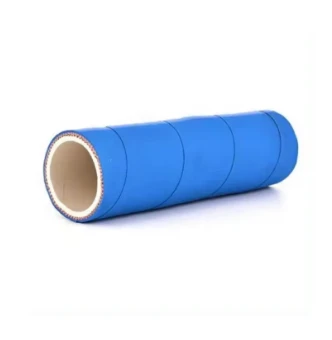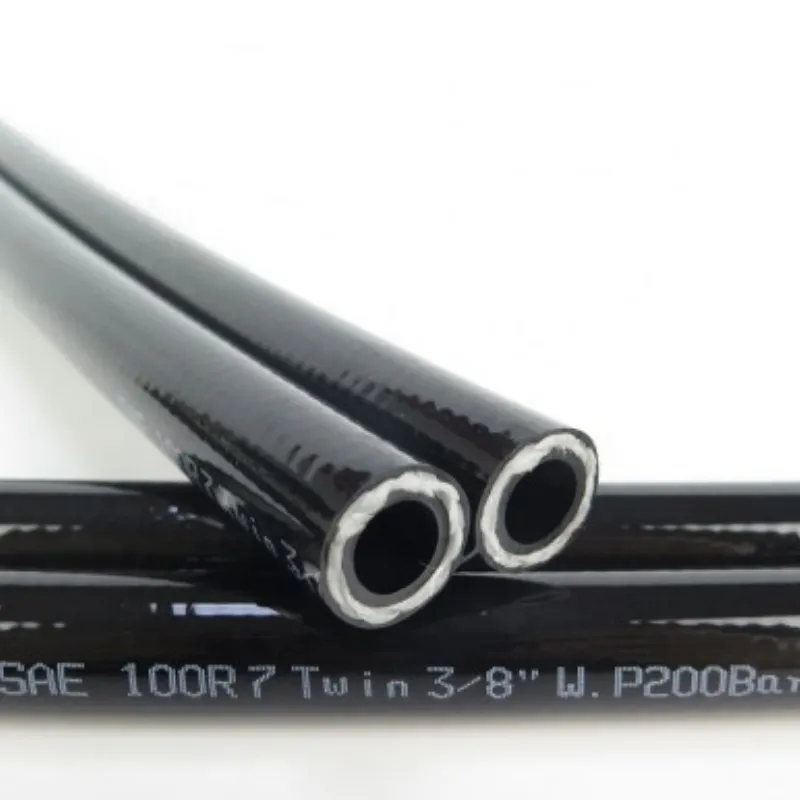
- Afrikaans
- Albanian
- Amharic
- Arabic
- Armenian
- Azerbaijani
- Basque
- Belarusian
- Bengali
- Bosnian
- Bulgarian
- Catalan
- Cebuano
- Corsican
- Croatian
- Czech
- Danish
- Dutch
- English
- Esperanto
- Estonian
- Finnish
- French
- Frisian
- Galician
- Georgian
- German
- Greek
- Gujarati
- haitian_creole
- hausa
- hawaiian
- Hebrew
- Hindi
- Miao
- Hungarian
- Icelandic
- igbo
- Indonesian
- irish
- Italian
- Japanese
- Javanese
- Kannada
- kazakh
- Khmer
- Rwandese
- Korean
- Kurdish
- Kyrgyz
- Lao
- Latin
- Latvian
- Lithuanian
- Luxembourgish
- Macedonian
- Malgashi
- Malay
- Malayalam
- Maltese
- Maori
- Marathi
- Mongolian
- Myanmar
- Nepali
- Norwegian
- Norwegian
- Occitan
- Pashto
- Persian
- Polish
- Portuguese
- Punjabi
- Romanian
- Russian
- Samoan
- scottish-gaelic
- Serbian
- Sesotho
- Shona
- Sindhi
- Sinhala
- Slovak
- Slovenian
- Somali
- Spanish
- Sundanese
- Swahili
- Swedish
- Tagalog
- Tajik
- Tamil
- Tatar
- Telugu
- Thai
- Turkish
- Turkmen
- Ukrainian
- Urdu
- Uighur
- Uzbek
- Vietnamese
- Welsh
- Bantu
- Yiddish
- Yoruba
- Zulu

ഫെബ്രു . 16, 2025 03:00 Back to list
Textile Yarn Braid Reinforced Hydraulic Hose EN854 1TE/2TE/3TE


The evolution of automotive brake hoses also highlights the role of innovation in automotive safety. Recent developments include integrating high-tech sensors into hoses. These sensors monitor the condition of the brake fluid and the pressure within the hose, providing real-time data to the driver or fleet manager. Such advancements not only enhance safety but also pave the way for more intelligent automotive systems in alignment with the advancement of autonomous vehicles. As an authoritative voice in the industry, major brake hose manufacturers continually research and improve products to align with global safety standards and environmental regulations. Their commitment to quality control, rigorous testing protocols, and continuous improvement assures consumers of the dependability and longevity of their products. Trustworthiness is ultimately derived from transparency and a proven track record of performance in the field under real-world conditions. In summary, the automotive brake hose is a critical yet often overlooked component that significantly impacts vehicle safety and performance. Whether you are a manufacturer focusing on innovation or a car owner ensuring regular maintenance, understanding the intricacies of brake hoses and their application is indispensable. With proper attention and care, incorporating quality brake hoses can lead to enhanced vehicle safety, optimizing driving performance, and ultimately providing peace of mind on every journey.
Latest News
Steel Wire Reinforced Hydraulic Hose SAE 100 R1 / EN853 1SN S
NewsOct.17,2024
Two Layers Steel Wire Reinforced Hydraulic Hose SAE 100 R2 / EN853 2SN
NewsSep.03,2024
Textile Braid Reinforced Hydraulic Hose SAE100 R3+R6
NewsSep.03,2024
Textile Reinforced Hydraulic oil Suction Hose with embedded Steel Wire SAE 100 R4
NewsSep.03,2024
Single Wire Braid and Textile Covered Hydraulic Hose SAE 100 R5
NewsSep.03,2024
High Pressure Thermoplastic Hydraulic Hose SAE 100 R7 / EN855 R7 - SAE 100 R8 / EN855 R8
NewsSep.03,2024
Heavy Duty Four-layer Steel Wire Spiral Reinforced Hydraulic Hose SAE100R9+R10+R12
NewsSep.03,2024
Heavy Duty Multi-layer Steel Wire Reinforced Hydraulic Hose SAE100R13 SAE100R15
NewsSep.03,2024
Latest Products










